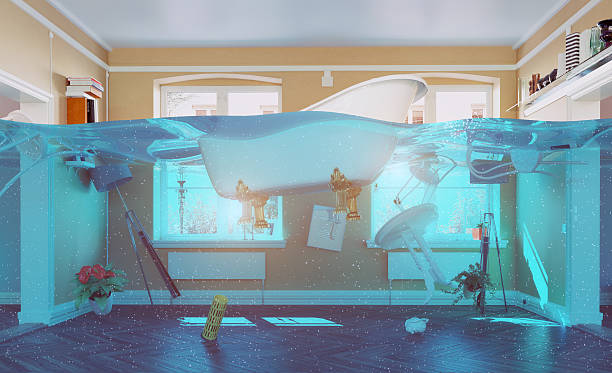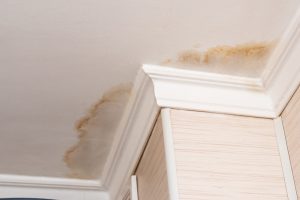This great article listed below relating to How to Repair and Prevent Bathroom Water Damage? is exceptionally remarkable. Don't miss it.

Water damage frequently takes place in the restroom as a result of the water utilized day-to-day. In some cases, the damages could be a little mold from the shower. Various other times, it's enormous damages on your floor. Whatever it is, it is constantly good to understand the cause as well as stop it before it takes place.
This guide will go through several of the common root causes of water damage in the bathroom. We will additionally examine what you can do to avoid these reasons from damaging your shower room. Allow's dive in.
These are the common factors you would certainly have water damage in your restrooms as well as how you can find them:
Excess Dampness
It's awesome to have that lengthy shower and also splash water while you hem and haw and also act like you're doing, yet sometimes these acts might create water damage to your bathroom.
Splashing water around can trigger water to head to corners as well as create mold and mildews. Watch exactly how you spread out excess moisture around, as well as when you do it, clean it up to stop damages.
Cracks in your wall ceramic tiles
Washroom wall surface tiles have been specifically developed for that objective. They shield the wall surface from moisture from people taking showers. Nevertheless, they are not unbreakable.
Often, your washroom wall surface tiles crack and allow some moisture to leak into the wall surface. This can possibly damage the wall surface if you do not take any activity. If you notice a crack on your wall ceramic tiles, fix it right away. Don't wait up until it ruins your wall surface.
Overruning commodes and also sinks
As human beings, sometimes we make mistakes that could cause some water damage in the bathroom. For example, leaving your sink tap on could cause overflowing and damages to various other parts of the washroom with dampness.
Additionally, a damaged commode can create overruning. For instance, a damaged bathroom manage or other parts of the cistern. When this happens, it could harm the flooring.
As quickly as you observe an overflowing sink or bathroom, call a plumbing to help deal with it promptly.
Ruptured or Leaking Pipes
There are many pipelines carrying water to different parts of your washroom. Some pipelines take water to the bathroom, the sink, the taps, the shower, and several various other locations. They crisscross the little area of the washroom.
Once in a while, these pipelines might get rusty and also ruptured. Other times, human action can trigger them to leak. When this takes place, you'll locate water in the corners of your bathroom or on the wall surface.
To identify this, watch out for gurgling wall surfaces, molds, or mold. Call a specialist emergency plumber to repair this when it occurs.
Roof Leakages
In some cases, the problem of water damage to the shower room might not originate from the bathroom. As an example, a roofing leak can trigger damage to the shower room ceiling. You can find the damages done by checking out the water stains on the ceiling.
If you discover water stains on your ceiling, examine the roofing system to see if it's harmed. Then, call a specialist to assist address the problem.
Conclusion
Water damage to your shower room can be irritating. Nonetheless, you can handle it if you stop some of the reasons stated in this guide. Call a specialist emergency plumbing professional if you discover any kind of severe damages.
How to Prevent Water Damage in Your Bathroom?
Water damage repair is an expensive, meticulous, and lengthy process. Unfortunately, bathrooms are the most susceptible rooms to water damage due to toilets, showers, and sinks. Pipes and fixtures wear out over time and are not immune to damage. But all is not lost, as there are ways to prevent water damage from occurring in your bathroom.
Check Your Plumbing
Nothing lasts forever, especially pipes, which can rust and begin leaking over time. You should periodically conduct pipe inspections and pay attention for any musty smells or water stains that may indicate you need water damage repair. Here are some things to check:
Frequently test valves for your toilet, shower, and sink to ensure they are properly working. Check faucet supply lines hidden under vanities and replace when needed. Replace cracked or deteriorating caulking along sinks, tubs, and showers. If you notice a clog in your sink, call in a professional. Since you can’t check the pipes in the wall, keep an eye out for stains, drywall bubbling, musty smells, and excess moisture; if the bathroom is on a second level, check the ceiling of the room directly below for these signs. Don’t Overwork Your Toilet
One of the most common reasons bathrooms need water damage repair is due to overflowing toilets. Save yourself the hassle of cleanup by being mindful and not pushing your toilet to extreme limits. If you have young children, it is especially important to keep an eye on them when they are in the bathroom and to teach them how to avoid clogging the toilet. Here are some more tips to help prevent your toilet from overflowing:
If you have a septic tank, only use septic-safe toilet paper Do not flush anything down the toilet besides toilet paper; items like diapers and sanitary napkins will clog the piping Pay attention to your toilet’s water level: If it’s low, it could mean it is partially clogged or that there is a crack in the toilet bowl https://www.alure.com/home-improvements-blog/resources/how-to-prevent-water-damage-in-your-bathroom

We were shown that report on How to Repair and Prevent Bathroom Water Damage? from an acquaintance on another blog. Sharing is nice. You never know, you might be helping someone out. Thank you for your time spent reading it.
Get A Free Estimate